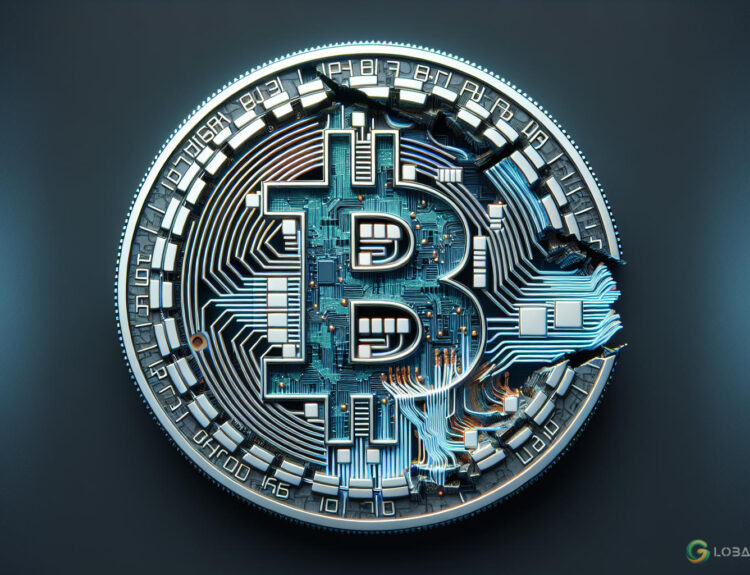“`html
Crypto Exchanges Explore Subscription Models for Predictable Revenue
After years of relying heavily on trading fees, crypto exchanges are experimenting with subscription models to achieve more stable and predictable revenue streams. As trading volumes fluctuate, platforms like Kraken and Coinbase are shifting toward subscription-based services to diversify their income sources and improve financial planning.
Why Crypto Exchanges Are Adopting Subscription Models
Crypto exchanges are no longer just platforms for buying and selling digital assets. Over time, they have introduced services such as decentralized platforms, staking products, NFT marketplaces, lending tools, and peer-to-peer features. Despite these advancements, many exchanges continue to rely on transaction fees, which depend on unpredictable trading behavior.
Pauline Shangett, Chief Marketing Officer at ChangeNOW, emphasizes the importance of stable revenue models. She explains that relying solely on market turnover complicates financial planning, especially during volatile periods. “Not all exchanges survived past ‘crypto winters’ because they expanded their staff and marketing budgets too aggressively without building a financial safety net,” Shangett noted.
“Subscription models allow businesses to plan better for the future, engage in long-term projects with less risk, and ultimately provide a higher level of service to their customers.”
Subscription Models: Benefits for Users and Platforms
Exchanges like ChangeNOW and NOW Wallet have already introduced subscription options that offer users additional services and perks. Subscribers, for instance, can perform free AML checks to verify the legitimacy of their own and counterparties’ addresses. Shangett believes these models benefit both exchanges and their clients by fostering a more consistent and value-driven relationship.
Kraken+ and Coinbase One: Subscription Plans in Action
Kraken recently launched Kraken+, a premium membership plan priced at $4.99 per month. This subscription offers zero-fee trading for up to $10,000 in monthly transactions and boosted rewards, including up to 4% APR on USDG holdings. Mark Greenberg, Global Head of Consumer at Kraken, describes the initiative as a direct response to user feedback.
“For a small monthly fee, clients get meaningful everyday benefits like no-fee trading and stablecoin yield — all in a single, streamlined experience. It’s designed to offer real value from day one and to keep getting better over time.”
Coinbase had previously introduced a similar subscription model called Coinbase One in 2023. Priced at $29.99 per month, it includes fee-free trading, priority support, and other perks. A premium version, Coinbase One Premium, offers unlimited zero-fee trading, enhanced rewards, and additional benefits for $299.99 per month.
Subscription Revenue: A Profitable Future?
While the long-term profitability of subscription models remains uncertain, early results are promising. Coinbase reported $2.3 billion in subscription and services revenue for 2024, a 64% year-over-year increase. By the end of 2024, Coinbase One subscribers surpassed 600,000, marking a 50% increase from Q1 2024. This growth was partly fueled by a late-year surge in crypto markets.
Greenberg expressed optimism about Kraken+ adoption, highlighting plans for future expansion based on user feedback. “Our goal is to make Kraken+ the most rewarding way to engage with crypto over the long term,” he stated.
The Competitive Landscape
As competition among crypto exchanges intensifies, subscription products could pave the way for sustainable growth. Whether these programs will deliver lasting value for users and platforms remains to be seen. However, Greenberg underscores the importance of building trust and offering meaningful benefits to retain long-term customers.
Subscription models represent a strategic shift in the cryptocurrency industry, offering exchanges the opportunity to stabilize revenue while providing users with enhanced services. For investors and crypto enthusiasts, these developments could signal a more consistent and user-friendly experience in the evolving digital asset ecosystem.
“`
























